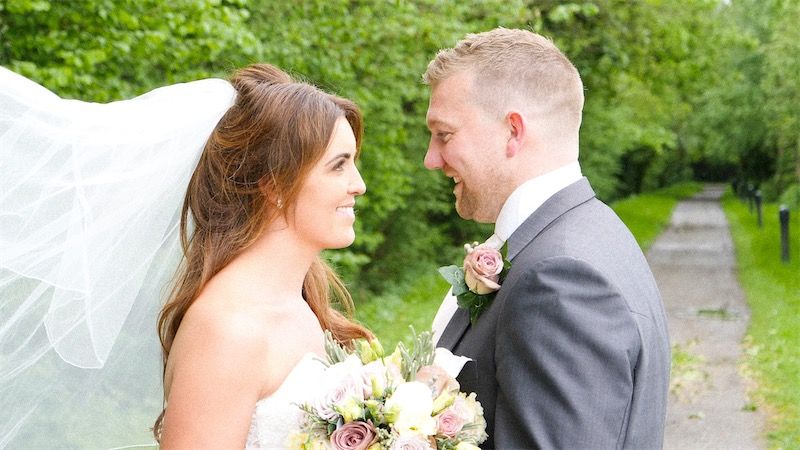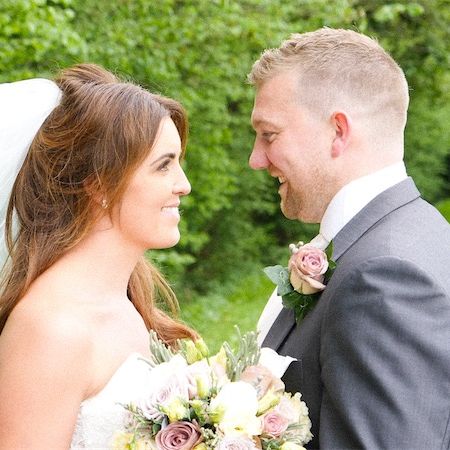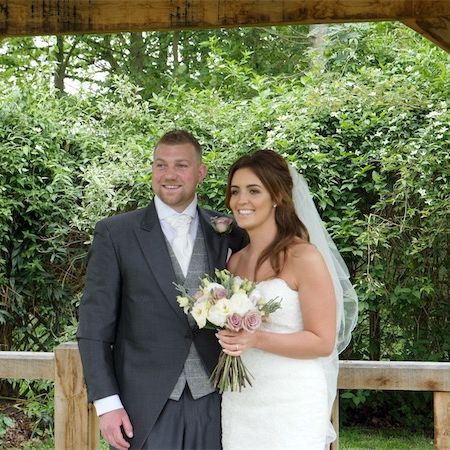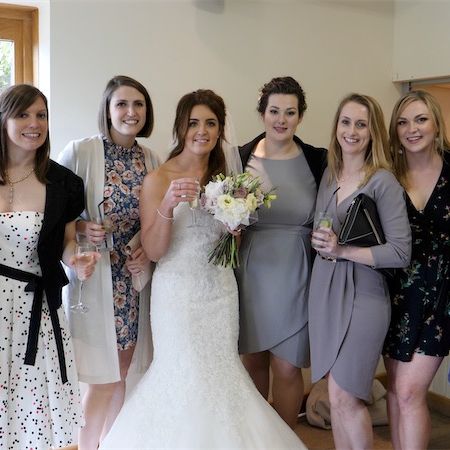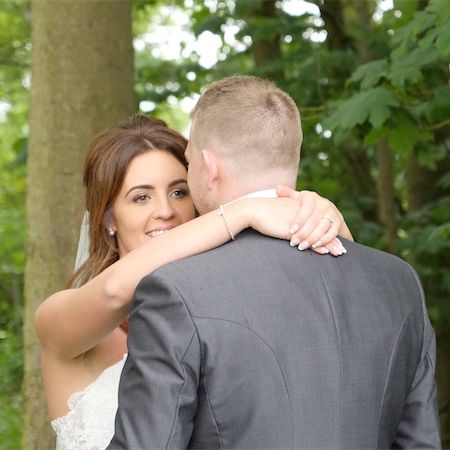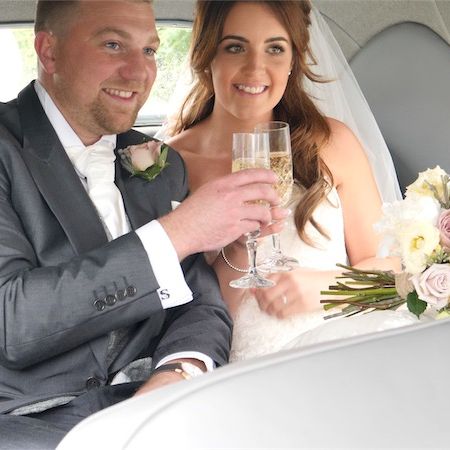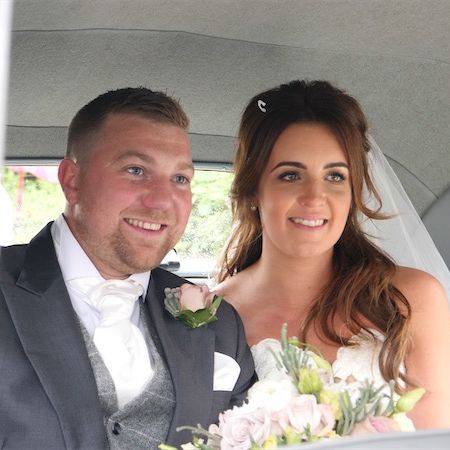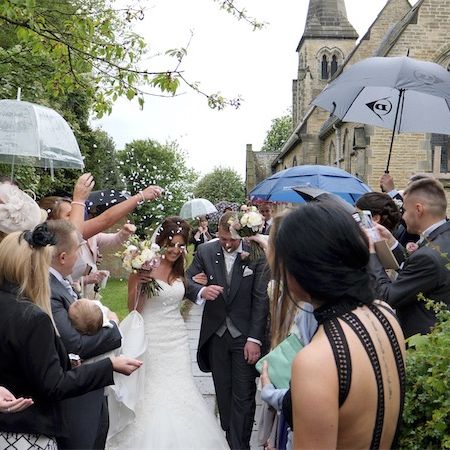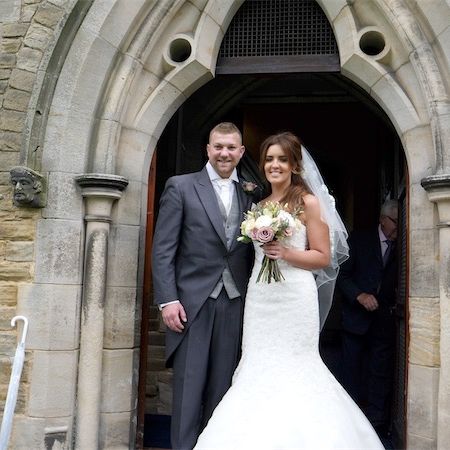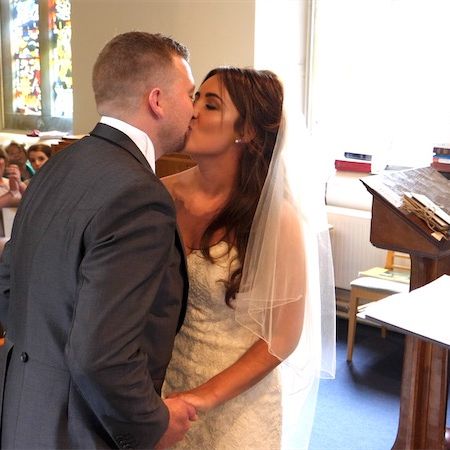Is it hard to film a wedding?
You might imagine that it would be super easy to film a wedding and yes sometimes it is. Here are some of the occasions when things can get a little tricky:
1) Poor Lighting
I have been to weddings in small churches where very little natural light gets into the room and this can present quite a challenge to any videographer. At one church service the church or rather a small chapel was lit, in the middle of winter, mainly by candlelight.
So what to do? I would only consider using a video light for two events during a wedding: the cake cutting which is usually followed by the first dance. By then there is often a DJ announcing what is happening plus accompanying DJ lighting so an added video light isn’t such an unusual extra light source.
Putting a video light onto the couple during the ceremony on the other hand is I think an annoyance to them and the guests that you won’t be thanked for. I would only contemplate doing this if there was a power cut and the ceremony could not proceed without some light.
So I will always try and make the best use of my equipment without additional lighting during the ceremony. I will forget about zoom lenses and use the widest fastest prime lens in my bag to let in the most light. This is where the quality of the camera’s ability to capture a good image at a high ISO is going to be a life saver.
2) Back lighting
In some circumstances I have come across I find that from my favourite position to shoot the ceremony the bride and groom are in front of a brightly lit window. This can cause the camera to automatically adjust the exposure which results in the bride and groom becoming very dark. To combat this I get an exposure reading from the room by pointing the camera somewhere where back lighting does not apply and so people are then properly exposed and then turn on the exposure lock. The result is a properly exposed bride and groom and the windows behind them are completely overexposed- but nobody will worry about the lack of detail in the windows.
See also my article about making the best use of natural lighting.
3) Banding
I have been in some venues where after I have been filming and when I get home, to my horror I realise that I am seeing bands of alternate shades of grey slowly passing across a light background wall. This is something that I didn’t notice at the time on the screen on the back of the camera and is something to do with the way the lighting in the venue interacts with the shutter speed of the camera. Luckily I have only ever seen this happening in one venue and that was at a concert I was filming rather than a wedding but it’s one to watch out for.
From what I have read the solution is to adjust the shutter speed. Mine is always set to 50 frames per second. The problem is to know that this is going to be an issue in the first place but luckily so far this has only happened to me once and I know which venue I might have problems with.
4) Cramped filming position
When I used to film with much larger cameras requiring a heavy duty tripod as support, this could become a real problem where there wasn’t enough leg room for the tripod with me behind it.
This sometimes happened in a church setting because I am always trying to film facing the bride as she stands at the altar. In a small church there sometimes isn’t much room in the choir stalls behind the vicar. This is where having a smallish camera with all the capability of the Lumix S5 (or the GH5S) mounted on a monopod gives me the best options for squeezing into small spaces to get the shots I need.
5) Too far away
The opposite problem to the last situation. You are a long way away from the bride and groom because of circumstances of the venue and the restrictions of where you are allowed to stand. I am thinking of the time I was filming in Leeds Cathedral. I needed a long lens but I also had to think about acoustics.
When you are at a distance from the bride and groom capturing the audio from them is probably going work better with a wireless microphone set up. Whatever primary microphone I use I always have the backup of a stand alone audio recorder running somewhere in the background. Even then getting good audio can be tricky and I always breathe a sigh of relief when I play back the wedding clips and can hear some clean solid audio.
6) Background noise
This can easily catch you out as it’s not always obvious. I have been recording speeches in a marquee without realising how loud the generator outside the marquee was going to sound on the recording. The only way to get the best audio is to get a microphone as near as possible to the person speaking. This too can be a challenge. I use an audio recorder placed on the top table as my back up.
7) Outdoor weddings
Outdoor weddings can also pose problems with acoustics as the sound captured by microphones is spread out further as there are no walls for the sound to bounce off. Again getting in close or using a wireless microphone mounted on the grooms lapel is probably the best way to go.
Filming shouldn't be a problem unless there is a sudden downpour of rain. I always make sure I have an umbrella close at hand so I can protect my equipment from the worst of the rain.
